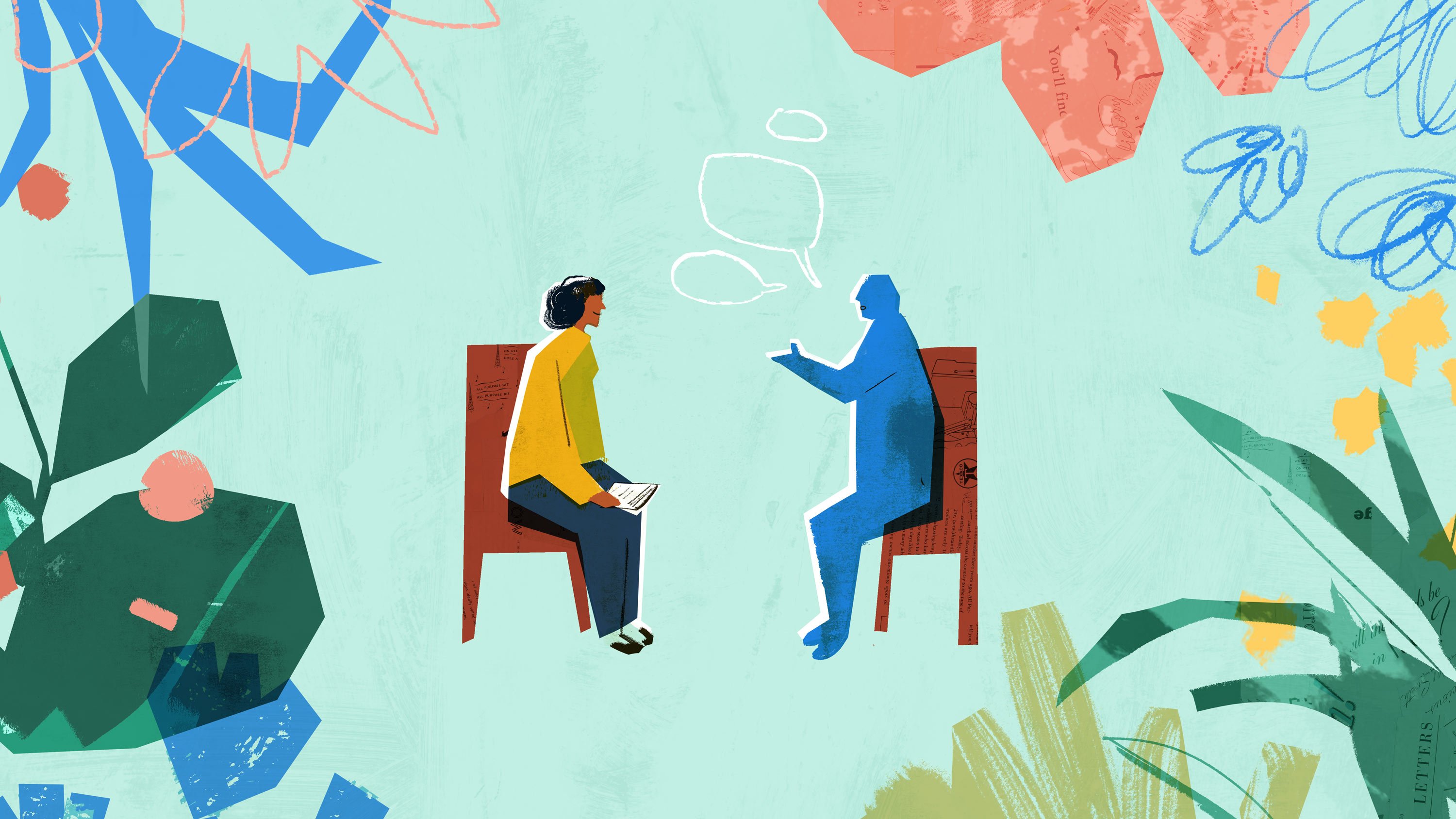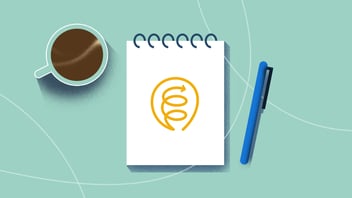
July 16th, 2021
How Counseling taught me to take great notes as a UX Researcher
Hi, I’m Tanner! I’m a newly minted UX Researcher here at Lookback. Before I transitioned into UX, I spent 4 years as your friendly neighborhood Clinical Mental Health Counselor. Although I’ve moved on to a new industry, my background as a Counselor is a huge influence on me as a UX Researcher.
One thing I know about is notes. I’ve written loads of them over the years, and I’d like to share with you how my background influences my note taking in UX. That’s why I’ve written a 3 part series on note taking in the hopes that you may learn something from my experience too.
The Foundation: DAP Notes
The most common note taking format that I used was the DAP format, which stands for Data, Assessment, and Plan. I would write up these types of notes daily for each of my sessions. Here’s how I typically structured my notes using this format:Data
- What did the client say (direct quotes, thoughts, their own observations)
- What were your observations (behavior, appearance, mood, affect)?
- What did the counselor do?
- What goals were addressed during the session?
Assessment
- What’s the counselor’s understanding of the situation?
- What’s the current hypothesis?
- How has the client been responding to the treatment plan?
Plan
- Does the treatment plan need to be revised based on the client’s response?
- What will the counselor do next?
- What needs to be done between now and the next session?
- Any referrals to be made or follow up to be made?
Although I’m no longer counseling, I still use this format as a guide for my research sessions. Though in my note taking for UX, I focus more on the Data portion. The Assessment and Plan portions are fairly similar in spirit, but these are typically addressed in concert with the rest of the team at a later time.
Elements of a good note
Good notes always made it easier for me to track client progress, make assessments, and to share with necessary stakeholders. In UX, good notes have set me up for good analysis. Let’s talk a little bit more about what I think makes a good note:
1. They’re objective
Stick to the facts of what happened and what was said. This is particularly important if you’re taking notes during a session. You’ll have plenty of time to dig deeper during your analysis.
Like I mentioned before, as a Counselor I favored the DAP note format. In the data section, I talked about what happened during the session. This is the place where I covered our topics for the day, direct quotes, and my observations. The Data section was for the facts or ‘what’ of the session.
I needed to document things without my assessment or analysis. This made it easier to go back into my notes, identify more patterns, and keep a good log of what was happening in my session. Keeping the data clean and clear gave me an objective set of facts to return too, leaving space for me to re-analyze when needed.
2. They’re easy to understand
One thing that I picked up from my counseling days was that my notes weren’t just for me; Psychiatrists, supervisors, judges, state auditors, and sometimes the clients themselves were often perusers of my notes.
I kept my notes as jargon free as possible. I often framed it as, ‘if I weren’t there to explain what was happening, would the reader understand what happened?’ I still try to do this as much as possible.
3. They’re useful
We take notes because we’re going to do something with them. As a Counselor, I used notes to keep track of my client’s progress, communicate with other stakeholders, and to plan treatment.
As a Researcher, my notes and my recordings are the building blocks that I use for analysis. I take notes of what’s necessary and I keep them fairly verbatim to what the Participant said.
This leaves me a fairly clean record to return to when I start my analysis. Sometimes I find that my assessment was off, and having those notes to go back to is incredibly useful to me.
What do you consider to be a good note? Remember, a good note helps to set the foundation for good analysis. Next up is “The Art of Note Taking” where I share tips and tricks on how to take notes.
Happy Researching!


